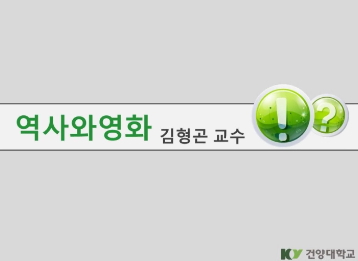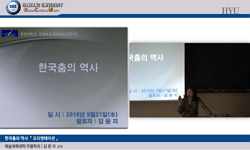The present study seeks to situate Qumran Hebrew (i.e., the Hebrew of the Dead Sea Scrolls) in the history of the Hebrew language. A survey of Qumran Hebrew is necessary for three reasons. First, in the biblical circle, the religious studies circle, a...
http://chineseinput.net/에서 pinyin(병음)방식으로 중국어를 변환할 수 있습니다.
변환된 중국어를 복사하여 사용하시면 됩니다.
- 中文 을 입력하시려면 zhongwen을 입력하시고 space를누르시면됩니다.
- 北京 을 입력하시려면 beijing을 입력하시고 space를 누르시면 됩니다.
쿰란 히브리어: 고전 히브리어의 역사 속에서의 철자, 음운, 형태의 유형론
한글로보기https://www.riss.kr/link?id=G3741789
- 저자
-
발행기관
-
-
발행연도
2017년
-
작성언어
Korean
-
주제어
히브리어 ; Hebrew language ; history ; Biblical Hebrew ; Qumran Hebrew ; Mishnaic Hebrew ; Dead Sea scrolls ; typology ; 역사 ; 성서 히브리어 ; 쿰란 히브리어 ; 미시나 히브리어 ; 사해 두루마리 ; 유형학
-
자료형태
한국연구재단(NRF)
-
0
상세조회 -
0
다운로드
부가정보
다국어 초록 (Multilingual Abstract)
The present study seeks to situate Qumran Hebrew (i.e., the Hebrew of the Dead Sea Scrolls) in the history of the Hebrew language. A survey of Qumran Hebrew is necessary for three reasons. First, in the biblical circle, the religious studies circle, and the linguistics in Korea, there has not been a systematic discussion of Qumran Hebrew. Second, since 2010, several new and important primary and secondary sources have been published. Third, the hitherto studies of Qumran Hebrew have tended to presuppose Qumran Hebrew as more or less a homogenous entity, but there seem to be several linguistic elements mixing within the language. The approach is to typologize Qumran Hebrew, focusing on the categories of orthography, phonology, and morphology. In orthography Qumran Hebrew uses fuller (i.e., longer) spellings. In phonology, the system resembles Biblical Hebrew, which immediately precedes Qumran Hebrew rather than Mishnaic Hebrew, which immediately follows it. In morphology, Qumran Hebrew shows some characteristic forms. When carried out successfully, this study would contribute in three ways. First, it would make up an important deficiency in Korean biblical scholarship. Second, it would present a survey of one important phase of the history of the Hebrew language. Third, practicall
국문 초록 (Abstract)
본 연구는 히브리어의 발전 과정에 있어서 쿰란(즉, 사해 두루마리의) 히브리어의 위치를 규정하고자 한다. 쿰란 히브리어에 대한 개관이 필요한 이유는 세 가지이다. 첫째, 한국 성서학, 종...
본 연구는 히브리어의 발전 과정에 있어서 쿰란(즉, 사해 두루마리의) 히브리어의 위치를 규정하고자 한다. 쿰란 히브리어에 대한 개관이 필요한 이유는 세 가지이다. 첫째, 한국 성서학, 종교학, 언어학에서 쿰란 히브리어에 대한 체계적인 논의가 이루어지지 않았다. 둘째, 2010년 이후 쿰란 히브리어와 관련한 새롭고 중요한 일차 및 이차 자료가 발표되면서 쿰란 히브리어에 대한 개관 작업이 다시금 필요해졌다. 셋째, 지금까지의 쿰란 히브리어 개관들은 대개 쿰란 히브리어를 단일체로 간주하고 연구하였다. 그러나 쿰란 히브리어에는 언어학적으로 여러 요소가 혼합돼 있다고 생각된다. 본 연구의 방법론은 히브리어 발달사의 맥락에서 그 유형을 규정하려는 것이며, 다루는 범주는 철자법, 음운론, 형태론에 한정된다. 철자법에 있어서 쿰란 히브리어는 주로 긴 철자법을 사용하고, 음운론에 있어서 쿰란 히브리어는 뒤따르는 히브리어인 미시나 히브리어보다는 직전의 성서 히브리어에 더 가깝고, 형태론에 있어서는 동사에서 특히 고유의 특징을 보인다. 본 연구의 기대 효과는 다음과 같다. 첫째, 사해 두루마리 및 쿰란 공동체에 관한 국내 학자들의 연구에 있어 중요한 공백을 메울 수 있다. 둘째, 히브리어의 발달사 전반을 이해하는 데 있어서 중요한 한 시기가 정리되는 효과를 얻을 수 있다. 셋째, 실용적인 측면에서 사해 두루마리 연구의 저변이 확대될 수 있다.











